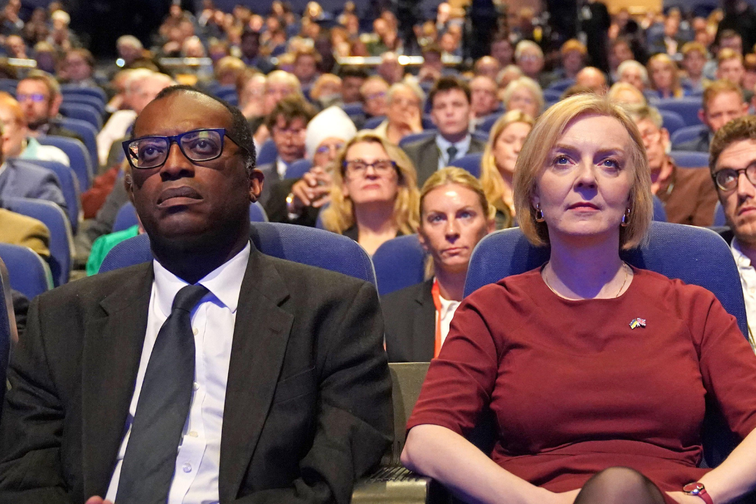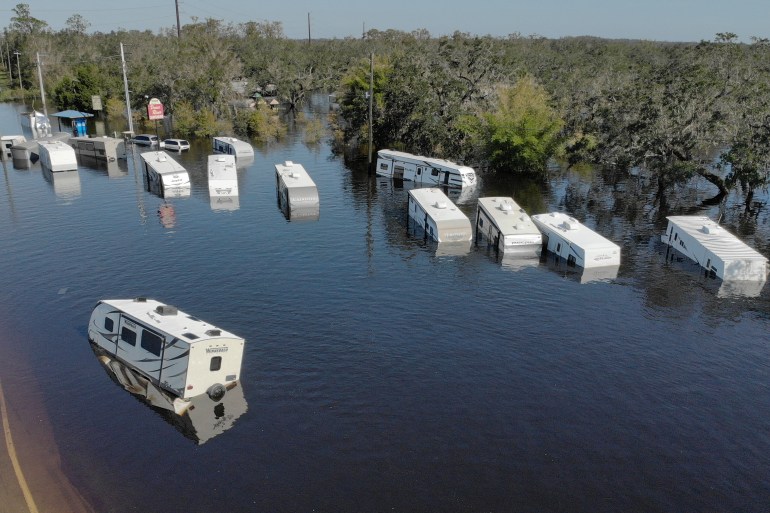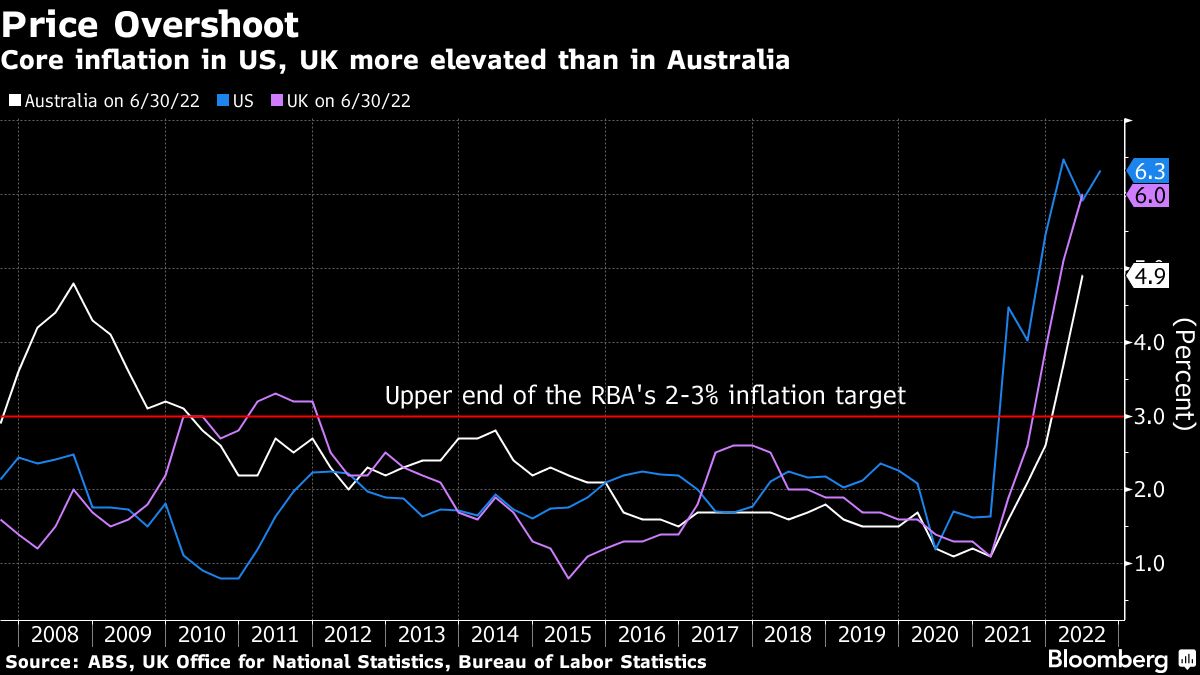By Jonita Simmons
October 5, 2022

A Chinese vase has sold for over four thousand times its estimated value after a frenzied bidding war in France. The item, believed to be a rare 18th century artifact, was bought for €7.7 million. The winning bidder paid €9.2 million in all with seller’s fees, which, according to the auction house, made it more expensive than Napoleon’s sword, bought for €6.4 million in 2007.
It is not unusual, however, for rare items at auction to exceed the set price. Experts had valued it at only €2,000, dating it to the 20th century. That would make it quite ordinary indeed.
The seller was not present for the auctioning of the fifty-four centimeter-tall Tianquiping-style Chine vase, decorated in blue and white dragons, but it had belonged to her grandmother and mother who had lived in Brittany, France. After the latter’s passing, her decision was to simply consign it to an auctioneer at the Osenat Auction House in Fontainbleau, France and sell it sight-unseen to a buyer. Her grandmother owned the vase for over thirty years and had been a collector in Paris, hence the apparent excitement.

The world’s most expensive 20th century vase?
Jean-Pierre Osenat called the frenzied bidding a “crazy story,” according to news sources. “From the moment the catalogue was published we saw there was enormous interest with more and more Chinese people coming to see the vase,” Cédric Laborde, the director at Osenat, explained. “Our expert still thinks it’s not old.”
The Chinese cherish the Tiaquiping vase, called “Celestial Spheres” due to its spherical shape because of its extraordinary beauty and history. In Laborde’s words “The Chinese are passionate about their history and proud to take possession of their history.”
There were evidently fifteen bids by telephone and another fifteen in person although around three hundred to four hundred people initially expressed their desire to participate in the bidding. Osenat only allows up to thirty bidders, however, each of whom pays a deposit to join the auction.
Although the Chinese vase auctioned at Osenat is evidently not rare, its buyers seem to believe it is highly valuable. What is rare about what happened at Osenat, however, is the sheer number of those willing to pay such an enormous sum for something auctioneers themselves had estimated at a much lower value.
As Osenat himself said, “I think the market has spoken.” He is now convinced the vase might actually be from the 18th century.

Auctions bring out the competitiveness in people coupled with human desire for the possession of a particular object. Recently, for example, an island in Greece sold for $4.3 million. Earlier, in 2013, the first Greek art sale in a London auction house raised an impressive €2.4 million. While the art world may applaud such success, for others, the illicit sale of illegally obtained ancient Greek antiquities which continues to this day is still majorly problematic.






:quality(70)/cloudfront-eu-central-1.images.arcpublishing.com/thenational/T4R3IQNQZO5FV3HFIXTIOTZHW4.jpg)





